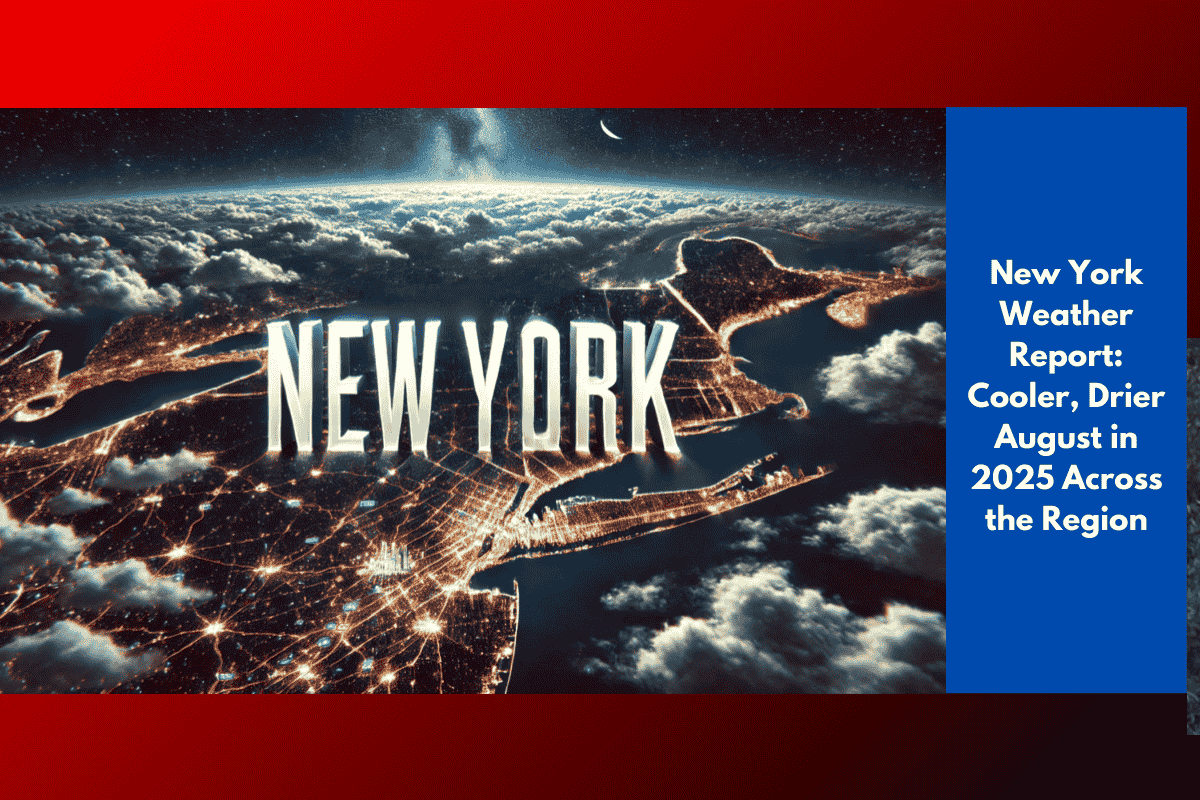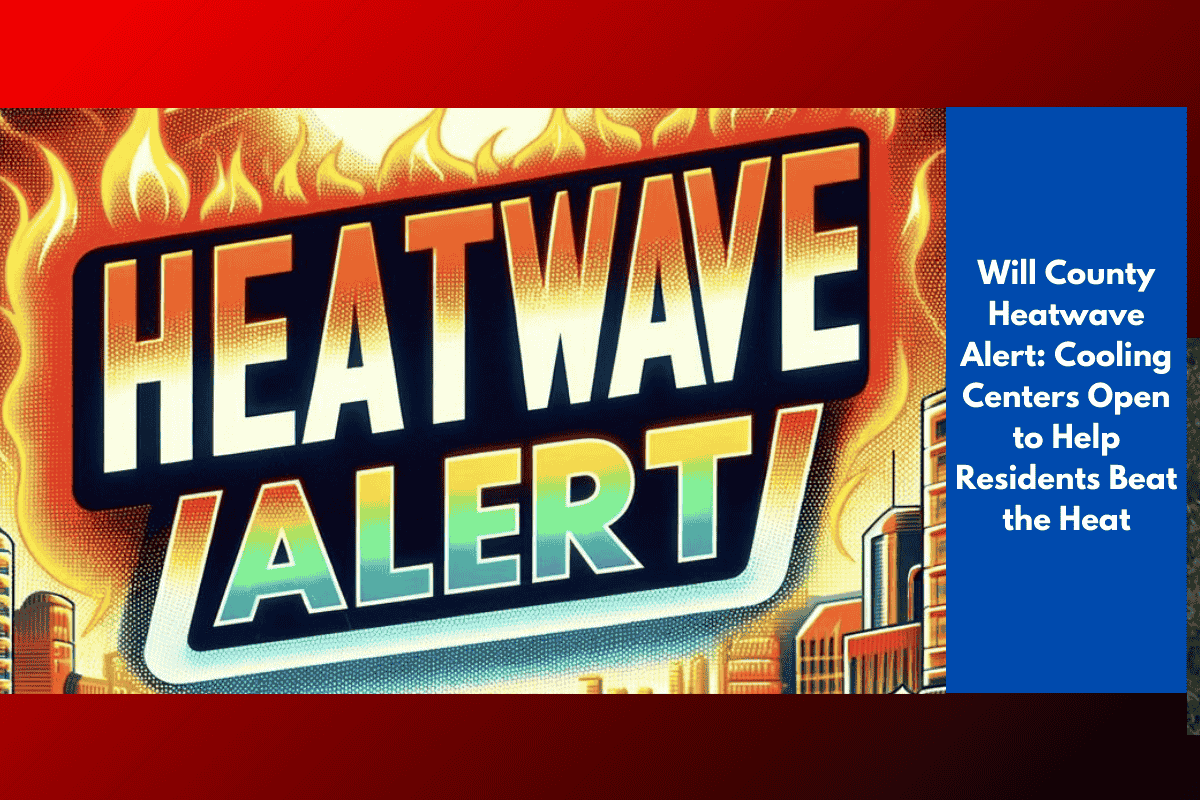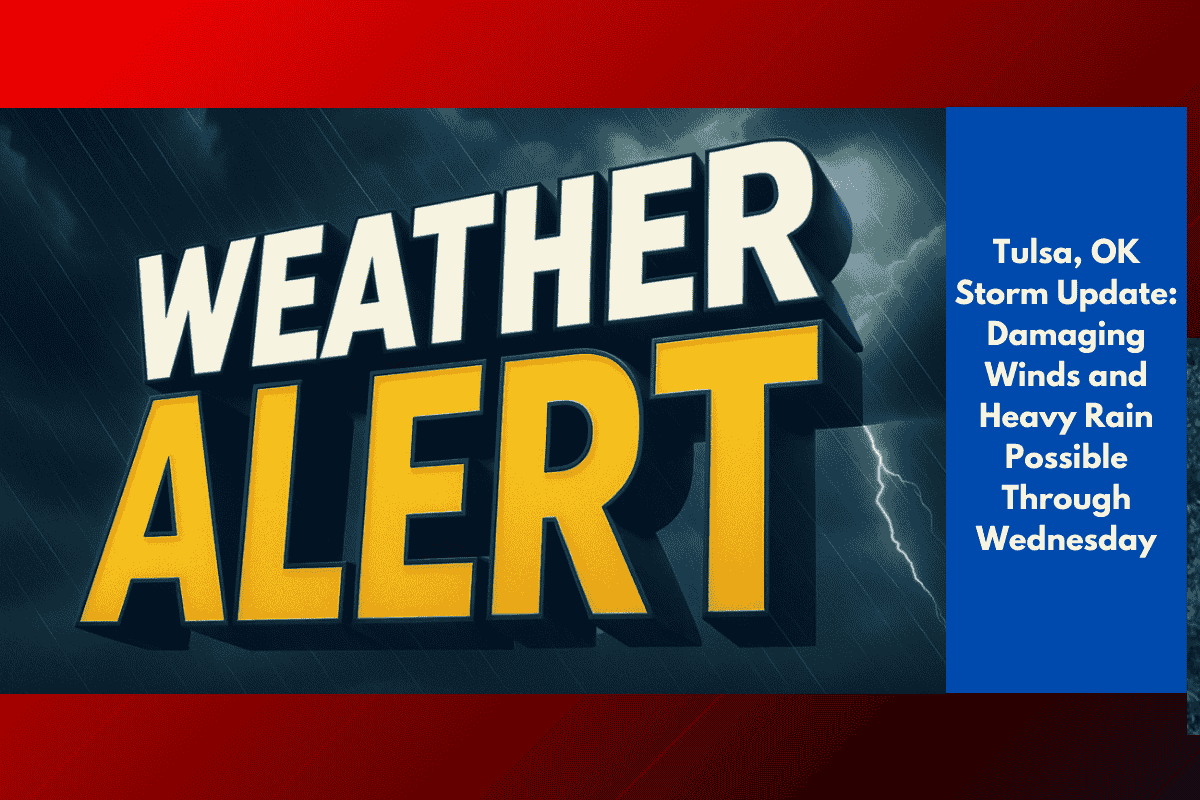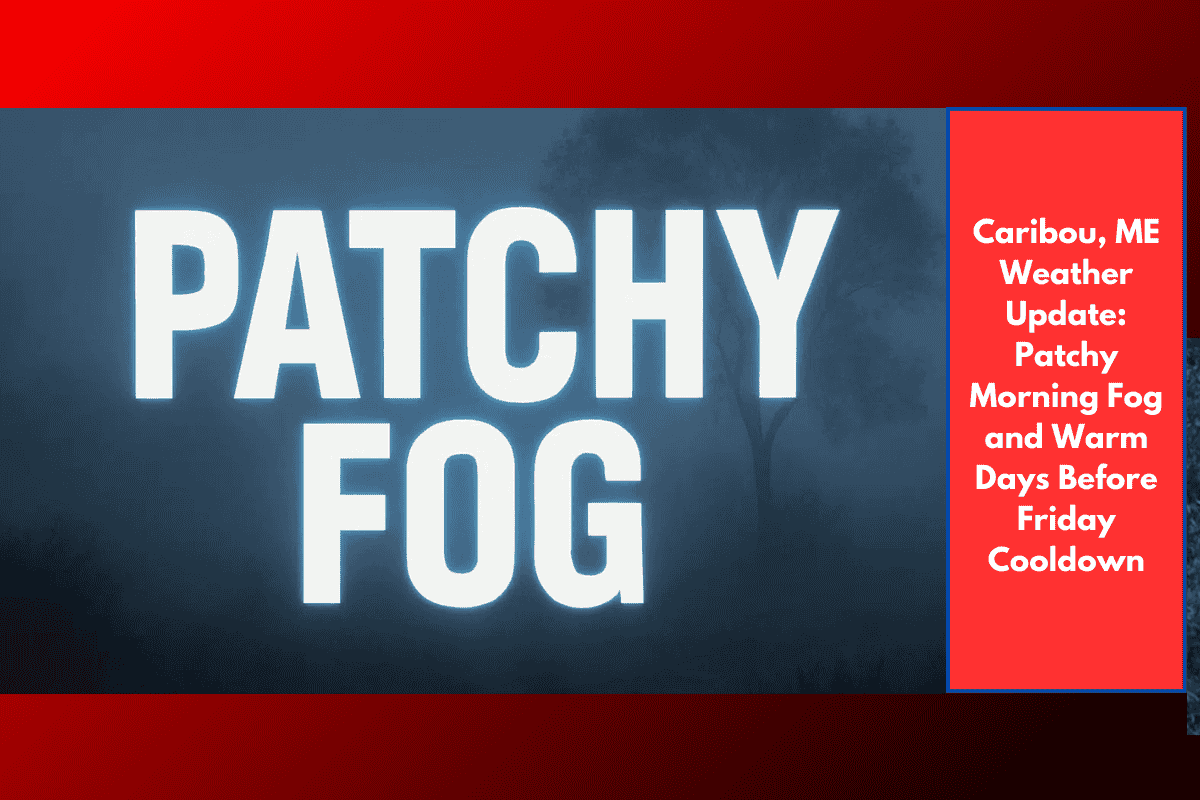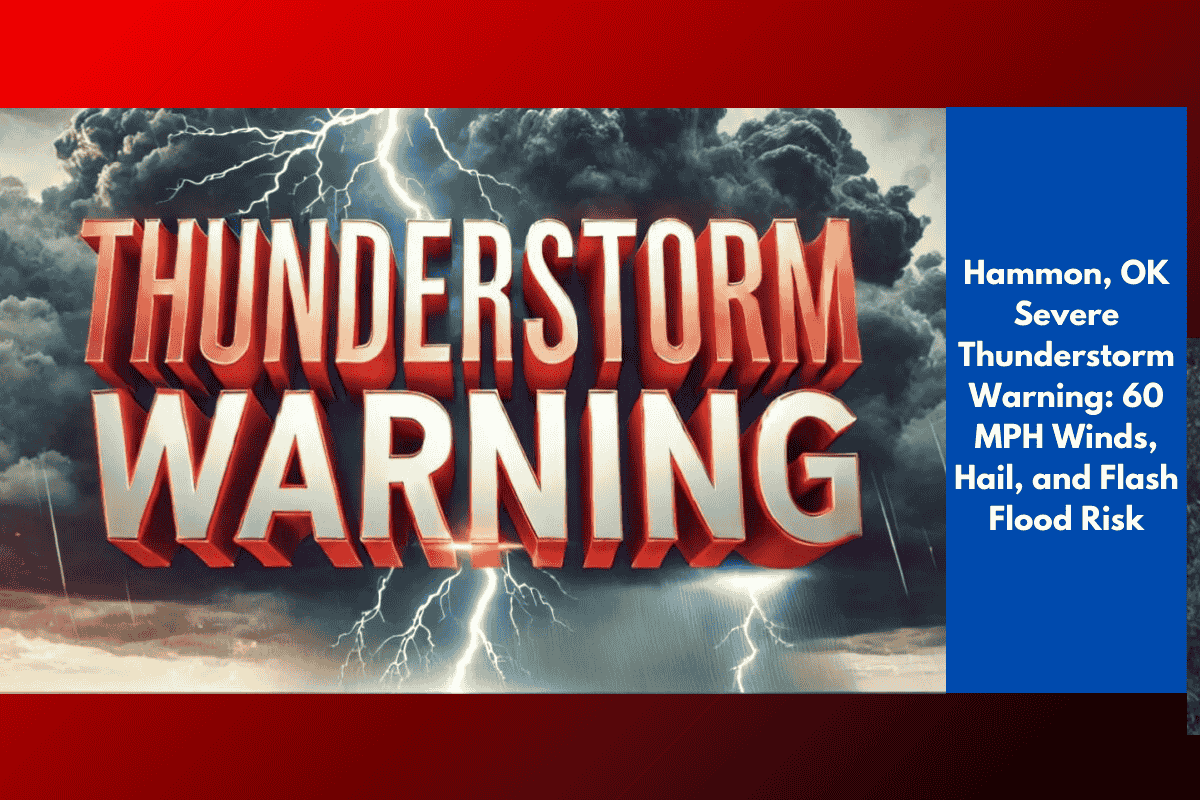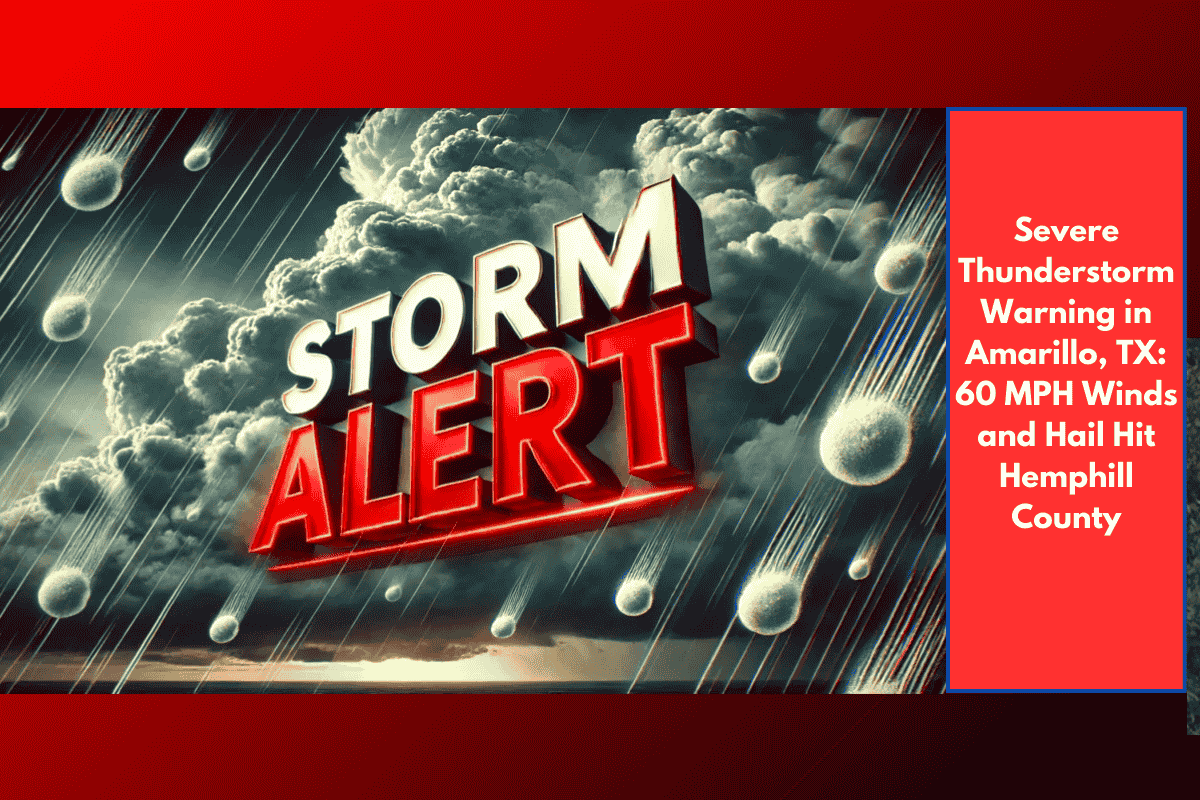August 2025 brought noticeably cooler and drier weather to the New York City area, according to the National Weather Service. Temperatures dipped below normal across multiple reporting stations, and most areas saw less rain than usual, making this one of the drier Augusts on record—especially for parts of Long Island.
How Much Cooler Was August 2025?
The average monthly temperatures were 1 to nearly 3 degrees lower than normal across six key weather stations:
Central Park: 73.8°F (2.3° below normal)
LaGuardia: 74.8°F (2.9° below normal)
Kennedy Airport, Islip, Newark, and Bridgeport also reported below-average temperatures.
Despite the overall cool trend, summer heat wasn’t completely absent. Central Park, LaGuardia, and Islip all reached 91°F at some point during the month, and Newark recorded the highest temperature at 96°F on August 9. The lowest reading was 54°F in Islip on August 31, a chilly end to summer.
A Dry Month for Most Locations
Rainfall was also limited in August, with most stations receiving well below average precipitation:
| Station | Rainfall Total | % of Normal | Notable Rank |
|---|---|---|---|
| Central Park | 2.21 inches | 48% | 29th driest August on record |
| Islip | 0.53 inches | 12% | 4th driest since 1963 |
| Newark | 2.02 inches | 53% | Slightly above normal |
| Bridgeport | Data missing | — | — |
The only exception was Newark, which saw slightly more rainfall than average, but still not enough to offset dry conditions region-wide. Long Island, especially Islip, stood out as significantly drier, raising concerns about short-term dryness heading into September.
Regional Rainfall Patterns
The weather data shows that:
Western parts of the region (like Newark and Bridgeport) had near-normal to slightly below-normal precipitation.
Eastern areas, especially Long Island, were much drier than usual.
The US National Weather Service has cautioned that if this dry trend continues, some areas may begin to face short-term drought conditions in early September.
What This Means for New Yorkers
While many welcomed the milder summer temperatures, the lack of rainfall could lead to:
Dry soil and stressed vegetation
Increased watering needs for gardens and agriculture
Higher wildfire risk in dry grasslands and forests
New Yorkers are advised to monitor local drought reports and use water wisely, especially if September stays dry.

